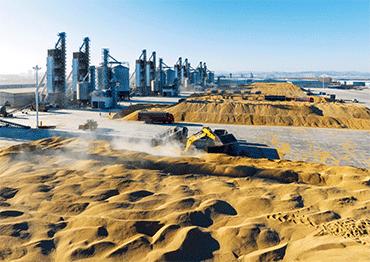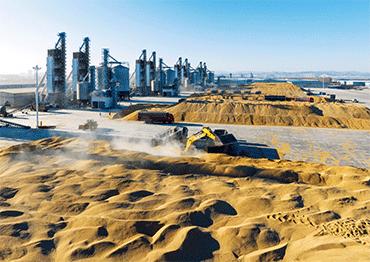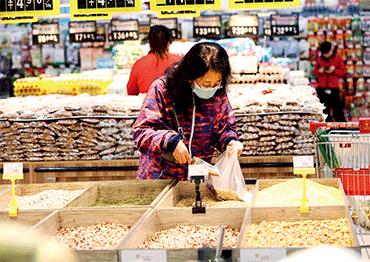Gao Min, a farmer in Henan Province, China’s second-leading staple crop producer, has benefited from government subsidies.
Since 2004, Gao has received 15 yuan (US$2) for each mu (666.7 square meters) of his land annually in cash subsidies. Other available subsidies include those for fertilizers, machinery and seed, as well as tax exemptions.
While he did not need the subsidy for farm machinery, as most small-scale farmers do not invest in large machines, Gao said the agricultural tax exemption has significantly boosted his income. “In the past, we had to submit about one-fifth of our staple output [as agricultural tax]... and sometimes we couldn’t survive on what was left,” he said. “The exemption has greatly reduced pressure on farmers, and I’ve felt much more relaxed since then.”
In 2009, the State Council, China’s cabinet, passed a 10-year plan (2009- 2020) aimed at increasing China’s total annual staple crop output by 50 billion kilograms. The plan targeted 680 counties and cities in the 13 major producing areas, including Gao’s county.
However, Gao did not see his income increase.
A major factor is the meager profits. For example, Gao owns five mu (3,333.3 square meters) where he grows wheat and corn. In bumper years, he yields 500 kilograms of wheat and 600 kilograms of corn per mu, earning a total of about 8,250 yuan (US$1,150). To boost his income, Gao began leasing another 11 mu (7,333.3 square meters) from other farmers two years ago. Minus the 1,200 yuan (US$167) per mu he pays in annual rent, Gao earns an additional 4,950 yuan (US$690) a year.
Yet this pales in comparison to what city jobs offer. According to NBS data, the average monthly wage of rural migrants working in urban areas reached 4,780 yuan (US$667) in 2023, a 3.6 percent increase compared to 2022.
As a result, more farmers, particularly younger ones, are abandoning their land for higher-paying urban jobs. Gao, 42, wants to do the same. “[Work in urban areas] is much more lucrative than staple farming. What we plant is worthless,” he told NewsChina.
His hopes for higher grain prices are unlikely to come true as the government aims to keep staple prices affordable through macro control measures. Meanwhile, the low prices of staples imported from other countries prevent any significant increases in domestic prices.
Gao is even more concerned about the rising costs of production, including land rent, labor and the prices of pesticides and fertilizers.
In a 2023 interview with financial news outlet Yicai, Han Jingbo with the National Development and Reform Commission (NDRC) revealed that China’s total cost of staple crop production increased 32.3 percent from 2012 to 2023, with land rents alone jumping a cumulative 80.9 percent. These increasing costs, coupled with the limited resources and the patchwork of separate plots in many rural areas, make it difficult to boost productivity through new technologies or to develop largescale agriculture.
“The profit margins for the three primary grains [rice, wheat and corn] are generally very slim, and in some cases even negative,” Qian Long, an associate professor with the grain school at the Nanjing University of Finance and Economics, told NewsChina.
According to the Analysis and Forecast on China’s Rural Economy (2022- 2023) jointly published by the Chinese Academy of Social Sciences and the NBS, the average net profit for one mu of rice, wheat and corn has dropped from 197 yuan (US$27) in 2004 to 47 yuan (US$7) in 2020.
The profit rate also plummeted from 49.7 percent to 4.2 percent during this period, reaching negative levels between 2016 and 2019.

 Old Version
Old Version

